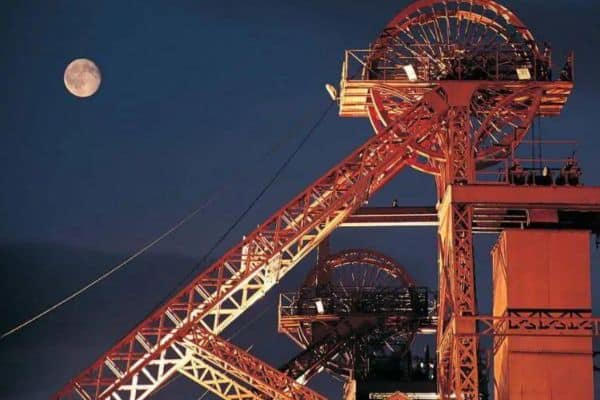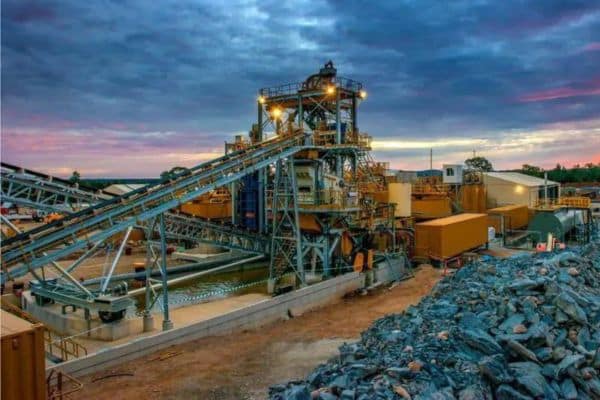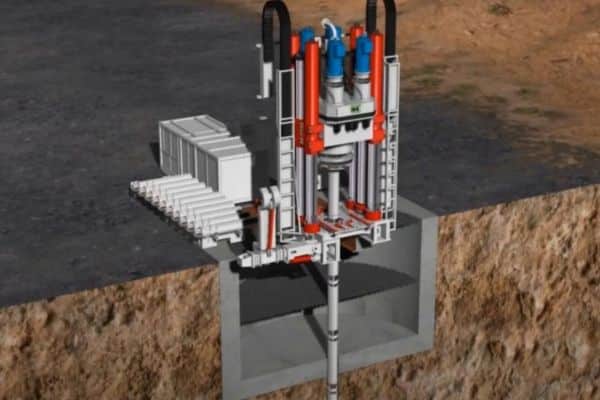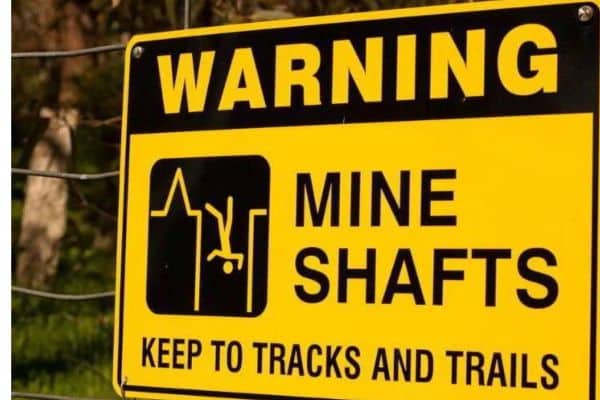What is a Mine Shaft: Exploring the Heart of Underground Mining

Lets dive into the content!
In the intricate world of mining, few structures hold as much significance and operational importance as the mine shaft. These vertical tunnels, often reaching staggering depths, serve as the lifeblood of underground excavation operations across the globe. This article delves into the intricacies of mine shafts, from their construction and purpose to the critical components that ensure safety and efficiency.
Understanding Mine Shafts: What is a Mine Shaft?
What Exactly Is a Mine Shaft?
A mine shaft, colloquially referred to as simply “shaft” within the mining industry, is a vertical or near-vertical tunnel that provides access to underground mining operations. These shafts are crucial for transporting miners, equipment, and materials into and out of the mines, as well as for ventilation and the movement of ore.
The Purpose of Mine Shafts
The primary functions of mine shafts can be summarized as follows:
- Access and Transport: They serve as the main passage for miners to descend into the depths of the mine and for materials to be transported in and out.
- Ventilation: Mine shafts facilitate the circulation of fresh air into underground workings and the removal of stale air, crucial for maintaining safe working conditions.
- Egress in Emergencies: They provide a secure means of escape for miners in the event of emergencies such as fires or collapses.
What Does “Shaft” Mean in Mining?
In mining terminology, “shaft” refers specifically to the vertical or near-vertical tunnels that are sunk into the ground to access ore bodies or mineral deposits. These shafts are distinct from horizontal tunnels (drifts) that branch out from the main vertical shafts to access specific mining areas or to serve as drainage channels.
Shaft Construction: The Sinking Process
The process of constructing a mine shaft, known as shaft sinking, is one of the most challenging and hazardous aspects of modern mining operations. It involves several key steps:
- Excavation: Initially, the ground is excavated using drill and blast methods or increasingly, tunnel boring machines (TBMs) in some cases.
- Lining: To ensure structural integrity and safety, the shaft is lined with various materials such as concrete or steel. Temporary linings like shotcrete are often used during construction to provide immediate support until a permanent lining can be installed.
- Components: Major components of a mine shaft include the headframe (which supports the hoisting mechanism), the collar (the topmost part of the shaft), and the shaft liner (which provides structural support and safety features).
Components of a Mine Shaft

The headframe is a towering structure located above the shaft opening, housing the sheave wheel and hoist motor. It lifts and lowers loads such as ore, equipment, and personnel using a system of cables and pulleys.
Shaft Lining and Safety
Shaft lining serves critical safety functions, preventing collapses and providing stability during operations. Techniques such as robotic shotcrete application ensure precise and durable linings.
Ventilation Systems
Efficient ventilation systems are essential in mine shafts to maintain air quality and regulate temperature and humidity levels. This promotes a safe working environment and prevents the buildup of harmful gases.
Are Mine Shafts Still Relevant?
Despite advancements in mining technology, mine shafts remain indispensable in both traditional and modern mining operations. Countries like Canada and South Africa, leaders in mining innovation, continue to utilize vertical shafts alongside newer techniques such as inclined shafts and declines.
Modern Developments in Mine Shaft Technology

Advanced Shaft Sinking Techniques
Mechanized Excavation
Traditionally, mine shafts were excavated using drill and blast methods, where explosives were used to break up rock. While this method is still employed in some cases, mechanized excavation techniques have revolutionized shaft sinking. Tunnel boring machines (TBMs), for example, are increasingly used to carve out shafts with precision and speed. These machines reduce the reliance on explosives, minimizing environmental impact and enhancing worker safety.
Remote Monitoring and Control
Modern mine shafts are equipped with advanced monitoring and control systems that allow engineers to remotely supervise operations. Sensors embedded in the shaft walls can detect changes in temperature, humidity, and structural integrity in real-time, ensuring early detection of potential hazards and optimizing maintenance schedules.
Safety Innovations
The materials used for shaft lining have evolved significantly. While concrete remains a common choice due to its durability and strength, innovations like fiber-reinforced shotcrete and composite materials are gaining traction. These materials offer superior resistance to corrosion and wear, extending the lifespan of shaft linings and reducing maintenance costs.
Emergency Response Systems
Ensuring the safety of miners is paramount in underground mining operations. Modern mine shafts are equipped with advanced emergency response systems, including automated distress signals, escape capsules, and integrated communication networks. These systems enable rapid response to emergencies such as fires, collapses, or gas leaks, ensuring the timely evacuation of personnel to safety.
Sustainable Practices
Energy Efficiency
Efforts to improve energy efficiency in mining operations extend to shaft design and operation. Headframes now incorporate energy-efficient hoist motors and regenerative braking systems, which harness energy during descent to reduce overall power consumption. Additionally, renewable energy sources such as solar and wind power are increasingly integrated into surface facilities, further reducing the environmental footprint of mining operations.
Environmental Mitigation
Mining companies are increasingly focused on minimizing environmental impact during shaft sinking and operation. Techniques such as water management systems and reclamation plans ensure that water resources are conserved and rehabilitated post-mining. Additionally, advanced filtration systems are employed to treat water discharged from mine shafts, preventing contamination of surrounding ecosystems.
Future Trends
Vertical and Horizontal Integration
The integration of vertical and horizontal components within mine shafts is becoming more prevalent. Inclined shafts and declines are designed to optimize ore extraction and improve operational efficiency. These configurations reduce the need for extensive horizontal tunnels (drifts) and facilitate direct transportation of ore from underground workings to surface processing facilities.
Automation and Robotics
The advent of automation and robotics is transforming mining operations, including shaft sinking and maintenance. Autonomous vehicles and robotic systems are being developed to perform tasks such as shaft inspection, rock bolting, and shotcrete application. These technologies enhance safety by minimizing human exposure to hazardous environments while improving the speed and accuracy of maintenance activities.
I hope you now understnad, What is a Mine Shaft?
Most of the people dont know, What is a Mine Shaft? they call it a underground tunnel.
Conclusion
In conclusion, mine shafts are not only vertical tunnels but also the lifelines of underground mining ventures worldwide. From their pivotal role in providing access and ventilation to their complex construction and safety features, mine shafts exemplify the intersection of engineering prowess and industrial necessity. As mining continues to evolve, so too will the techniques and technologies associated with shaft sinking and maintenance, ensuring that these structures remain safe and efficient for generations to come.
Whether you’re a seasoned miner or someone intrigued by the engineering marvels beneath our feet, understanding the significance of mine shafts enriches our appreciation of the mining industry’s vital contributions to global economies and technological progress.
